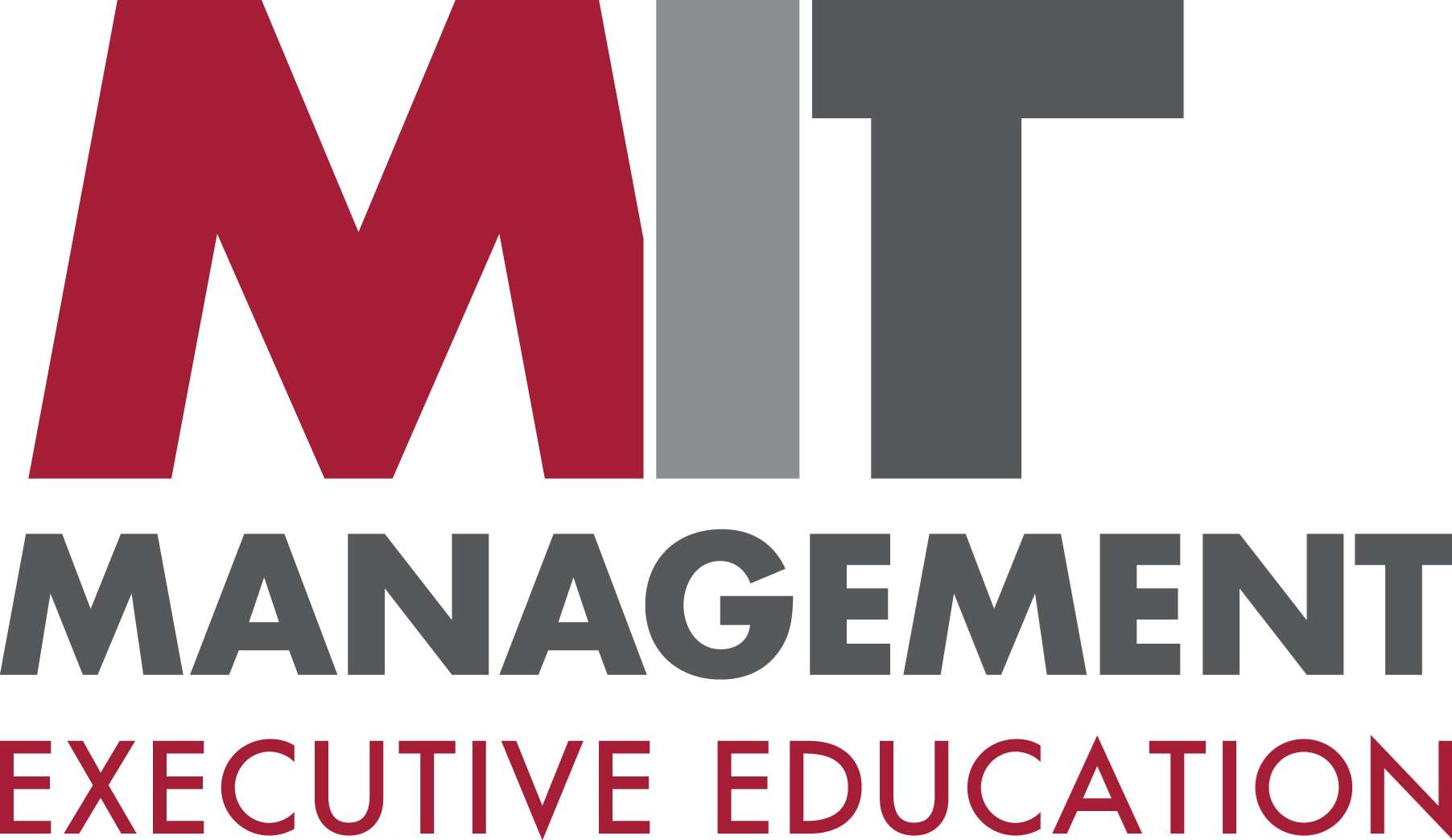PROGRAM
Business Process Design for Strategic Management (self-paced online)
Learn to optimize business processes through Dynamic Work Design, a set of principles and methods for achieving sustainable improvement efforts of any scale, in any industry, and in any function.
Based on our highly-rated Visual Management for Competitive Advantage: MIT’s Approach to Efficient and Agile Work program, this six-week online course broadens access to the knowledge of industry thought leaders such as Nelson Repenning and Donald Kieffer, who integrated decades of industry practice and academic investigation to create Dynamic Work Design. The online program offers those who would previously be limited in accessing the on-campus course the opportunity to engage with a portion of the content in a flexible and personalized way, through a highly collaborative and supportive online environment. You’ll learn to implement improvement strategies naturally in your everyday work, not from a prescribed list, but from a deep personal understanding of the principles.
Unplanned events happen in all businesses - from communication breakdowns and the rise and fall of costs, to tighter turnaround times and employee disengagement. Use these pain points to lead improvement strategies and innovation in your organization with this online program which will expose you to the principles and development of Dynamic Work Design from the very creators of this sustainable operations improvement methodology. This program aims to teach you how to implement continuous improvement strategies into your organization’s work design, as well as change the way you think about your own work and role as a leader within a particular area of improvement.
You’ll develop an understanding of how to go about implementing improvement strategies; why improvement strategies usually fail; the psychological reasons behind learning, change, and motivation; principles of good work design; and how to go about problem solving effectively. The program culminates in the identification of issues within your organization and the development of a structured problem-solving document based on the A3 approach to continuous improvement which was first employed at Toyota and successfully adopted by many companies.
MIT Sloan Executive Education, MIT Sloan School of Management
ARTICLES YOU MIGHT LIKE
VIEWPOINT
MIT Sloan experts explain how to engage successfully with innovation ecosystems
DEVELOPING LEADERS QUARTERLY MAGAZINE AND WEEKLY BRIEFING EMAILS

Developing Leaders Magazine:
The Essential Leadership Quarterly
The Executive Briefing and Upcoming Programs
































